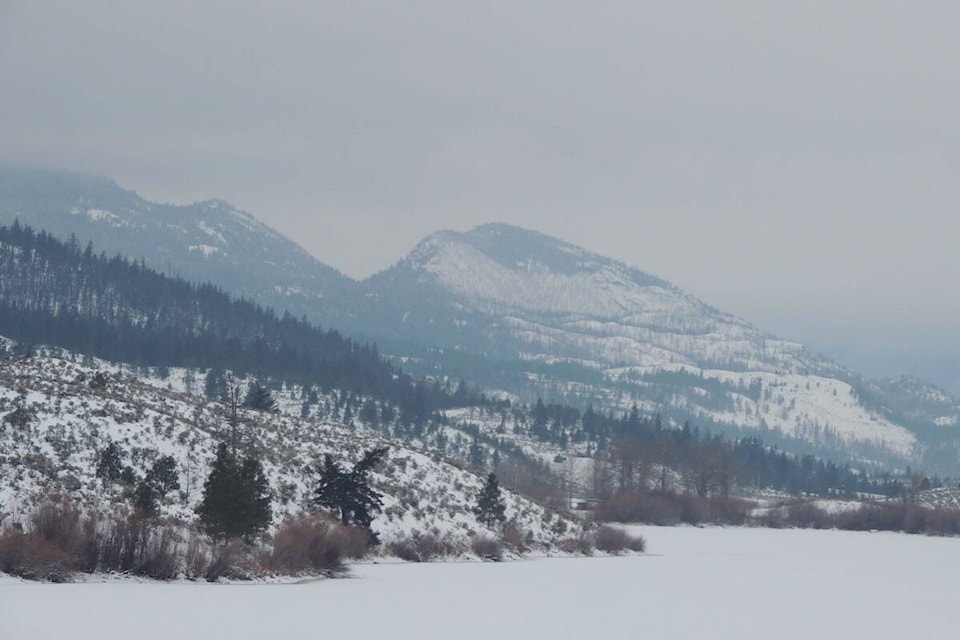Interior Health is urging people to be prepared and extremely cautious in the B.C. backcountry, with continued high and considerable avalanche danger forecasted in many areas of the Interior.
The warning came on March 3, after 12 people died in six separate avalanches across the province so far this year. The most recent incident came on March 1, when three people were killed in an avalanche while heli-skiing near Invermere.
On March 4, two skiers were injured in separate slides east of Pemberton. Both skiers were fully buried, and were rescued by others in their group.
“Being caught in an avalanche is a life-threatening situation that has already claimed twelve lives in the Interior Health region this season,” said Dr. Fatemeh Sabet, medical health officer, Interior Health. “Avalanche Canada continues to forecast a dangerous snowpack.
“There have been more than double the number of avalanche fatalities compared to the previous season and we are only halfway through the season. We urge everyone thinking of venturing into the backcountry to check www.avalanche.ca and make conservative choices, avoid dangerous terrain, and consider delaying a backcountry trip until conditions are safer.”
Avalanche Canada continues to monitor a deep, persistent slab avalanche problem for many areas across the Interior of B.C. This is causing very dangerous and highly unpredictable avalanche conditions.
“We are dealing with a complex and very tricky snowpack,” said Ryan Buhler, forecast program supervisor, Avalanche Canada. “A widespread weak layer exists near the base of the snowpack throughout the Interior and it’s been the cause of most of the fatal avalanche incidents this season.
“This layer is deep enough that we are unlikely to see clues of instability, like nearby avalanche activity or cracking snow. The only way to minimize exposure is to select low angle, low consequence terrain and avoid areas where an avalanche could propagate widely. It’s likely that this widespread weak layer will persist for the remainder of the season.”
Buhler added that with sunny weather in the forecast, Avalanche Canada is expecting the snowpack to become even less stable.
“We know sunny weather can create a false sense of security and lure people out into avalanche terrain, even though unstable conditions exist. Even 30 minutes of sun can have a significant impact on the snowpack.”
Avalanche Canada urges backcountry users to exercise caution if they decide to travel in avalanche terrain. Backcountry users should always carry a transceiver, probe, and shovel, and be trained to use them.
Avalanche Canada expects these conditions to last for the remainder of the winter season in many areas, and says that they could potentially last into the summer season.
editorial@accjournal.ca
Like us on Facebook and follow us on Twitter
